Welcome to Week 1 of a Samurai Jack series of interviews! Christine Larsen, artist of Samurai Jack #19, is an extremely interesting and exciting new voice in the comic book industry. Her best known works have probably been through IDW, including her collaborations with Rachel Deering, her own content in Imaginary Drugs and her licensed work for comics based on cartoons like Samurai Jack and Adventure Time. I asked her questions about all of the above and more, delighted by her enlightening and well thought-out replies.
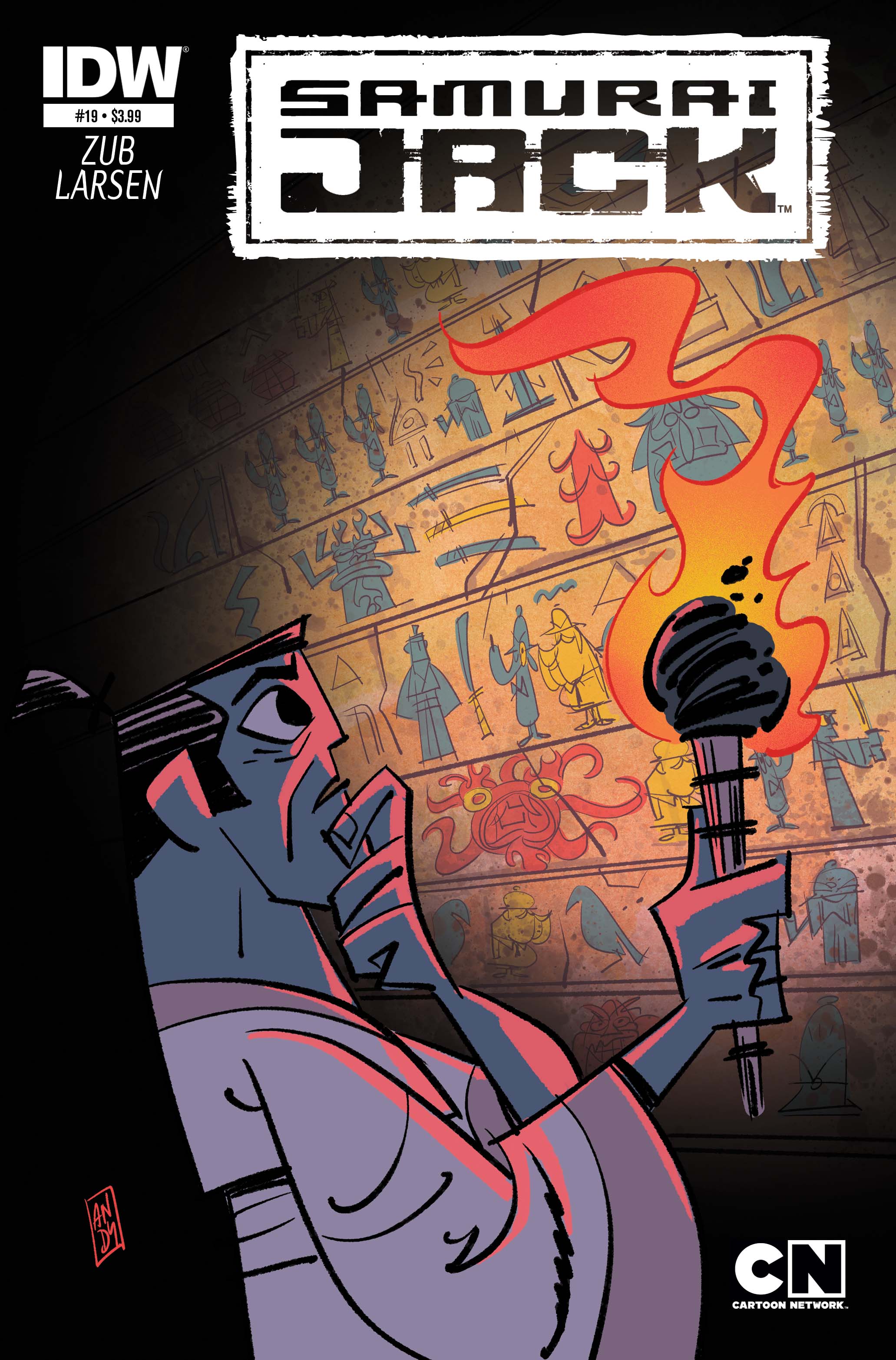
On less commercial projects, you often employ hand lettering. What appeals to you about that art form?
It probably doesn’t hurt that my mother is a calligrapher, so I grew up with a lot of books about letter forms floating about. I was a poor punk rock kid, and I used to redraw band logos on duct tape and stick that to my bookbag. Or tag up my notebooks and pencil cases with sharpies (I, actually, still do this). So my love of hand lettering goes way back to that.
It also speaks to my obsession with technical ability. If I have the time, I often pull out my dip pens and ruling pens and protractor and lettering ruler when I hand letter. Of course, sometimes there is no time for that, and I do take little shortcuts in the preplanning stage that involve the computer; or I’ll want to do something more free form, so I just “eyeball” it. But, even when I am doing something less technical, I find myself designing with graph paper and measuring out space so it makes sense mathematically.
How can hand lettering amplify the experience of reading a comic?
The most interesting part of the comics medium is the intimate relationship between words and pictures, and I think there is more opportunity for interaction between the art and the lettering when an artist is actively designing that lettering to fit the art. Especially when it comes to things like special effects lettering. I swear to God, every time I see some Impact ripoff font going rat-tat-tat I want to murder-kill.
What do you think is lost when comics are lettered on a computer?
The thing is, I don’t think there is a loss in every situation. Personally, I gravitate towards comics made by cartoonists, or artists that work in a very cartoonist way. Emily Carroll, Craig Thompson; their work would be ruined if their lettering was done digitally. But in the case of some art styles, the clean, technical look of computer lettering makes sense.
A really good letterist, whether s/he is working digitally or not, should be able to do more than make neat little diamonds with text. S/he can also pick a font that suits the art, and knows how to manipulate sound FX lettering so that it doesn’t sit straight on the page like it was typeset in MS Word. A good letterer can hide the computer. I’m just not sure how many digital lettering jobs I would quantify as “good”. Usually the text seems like the last thing anyone thinks about. However, in many cases, I think timelines and monetary compensation probably factor into that as much as skill level. I am more vexed when I see lazy lettering on creator-owned and independent projects than when I see it in mainstream books that I know are meant to be produced quickly.
How do you compensate for that loss when working on something like Samurai Jack?
I don’t consider it a loss when I am unable to letter my own work, especially when it comes to these larger licensed properties. I think Deron did a nice job. It’s not what I would have done in every instance, but I think he was also bound by how he had been lettering the series up until now. I think they were looking for consistency there. I really liked his placement of text bubble throughout the book.
You recently drew and lettered a story written by Rachel Deering, who is primarily known as a letterer. What was the dynamic like, performing what is normally her job?
I love Rachel. And my editor Sarah. I asked if I could hand letter and they said “go for it!” and really didn’t interfere in anything I was doing. I used a special nib for that one too. It was fun to push that story to look a little different than average.
How did you start doing licensed work for various children’s cartoon licensed comics?
That was a serendipitous series of events. The first professional comics work I ever did was for Ape Entertainment’s Teddy Scares books way back in… 2006, I think? I then did a bunch of Dreamworks stuff for them, and some of those editors moved elsewhere and I was doing the occasional licensed book here and there for a number of Cartoon Network properties. So, it was a natural progression. I managed to get that first job because I did a five page story of my own devising in a Philadelphia Cartoonist Society anthology. The owner of Teddy Scares saw it and liked it. I dropped 80 bucks to be in that book (all of the members pitched in for printing. This was pre-Kickstarter time). Best eighty dollars I ever spent.
That PCS comic was actually the first comic I made outside of my sketchbook. If you want you can see it here (baby pictures! OMG, can you tell I loved Jhonen Vasquez’s work?) I was doing mostly dark themed children’s book looking illustrations before that. I always liked comics, specifically alternative, indie and European comics (I developed a love of Japanese comics a bit later), I just never thought of drawing them professionally before. So, the fact that I even have a career in comics astounds me.
Was that kind of work a long term goal or is it more of a means to an end?
I have this personal philosophy about all the work I do: I am always preparing for my next creative venture and I try to take something out of every project that I can bring into a new project. In that way, I suppose all of my work is a means to a greater end, even my personal work. I feel like it all feeds into itself, like a snake eating its own tail.
How do you fit the styles of the cartoons without compromising your natural style?
Whenever I get a job, I draw the characters a bunch to get my hand familiar with them. My own stylization sort-of comes out in that. It’s really not so different than when I am creating my own characters. I need to normalize them before I can draw them in a story. Also, I have also been fortunate in the past few years. I am usually contacted because an editor likes what I am already doing, and not because they want to shoehorn me into a style.
With Samurai Jack you’re following a popular TV series AND the work of a regular artist. How do you respect what came before you, but still bring something new to the table?
I’ll be honest, I never thought about it like that. I referenced some SJ comic pages online to see how much wiggle room I would have with the original (animated) design, and went from there. The rest is just my own hand. I used a thinner brush than usual. I think that’s the biggest change I made.
How much influence did you have over the contents of the issue?
Samurai Jack was very much like every other licensed project I’ve ever worked on. I was given a script, I came back with roughs, once those were approved I did pencils and then went to finish. I did submit a few pages with notes on bubble placement, only because I had a clear idea of the text flow for them, but aside from that, it was the usual, collaborative process comics tend to be.
What was the communication like between you and Jim Zub?
I had all my notes from Jim passed through our editor, Carlos. Which I actually prefer when working on a property, only because I feel like it streamlines the process. I found the few corrections he wanted useful, but in terms of direct contact, we had very little. I actually have no idea if he liked the pages. I hope he did. I was finishing that story during a stressful, early stage of my pregnancy, and I see some things now I might have done differently/better, but I do that with all of my work. I am my own worst critic, sometimes.
Can you describe some of your creator-owned projects?
Oh, there’s a few, comic wise. There is the ongoing series I do with Alex DeCampi called Valentine. That’s on Thrillbent and Comixology. We took a long break in the middle (a few years back) to find a home for it, so there is a little stylistic jump between episodes 1-10 and 11 onward. But I think folks find it fun. It’s very pulpy, and I like pulpy. I’ve done a bunch of short comics over the years, some for anthologies and some for myself. A little chunk of the newer ones are on my Microcosmics Tumblr and can be found in the Imaginary Drugs anthology out from IDW. I’m in the beginning stages of another project that I don’t want to say too much about because I’m superstitious and believe in jinxing projects in the fetal stage, but it’s another fun pulpy thing written by Alex Wilson. And then there is the ORCS! comic. I’ve been working on the first issue of that in between everything else for the past year, but I am planning to send it off to the printer this summer (with any luck, before I go into labor). Since I have issues 2 and 3 written already, I am hoping that I will be able to continue with it in a more timely manner once that first issue is out. I really do love working on that book. I’ve been pimping it all over my tumblr for the past 12 months.
I’m not sure I would want to try and find a publisher for it. That’s one of those just-for-me things that I work on to remind myself why I love comics.
Given the common theme amongst your creator-owned work, I have to ask: what do you love so much about orcs?
Probably for the same reason I love jazz fusion grindcore and Cambodian lounge music. Orcs are a mish mash of lots of things I like, from folklore to modern fantasy. I have been enthralled with those irreverent, ill-tempered goblins since I read the Hobbit when I was nine (and later, LotR). I like the dark humor associated with them; the irreverence towards everything; I love the perspective of the lackey; and I like that, despite the fact that they are sometimes played for comic relief, they are still very much monsters. And I like monsters. I think I have identified with the monster since I was small, even if he was a very one dimensional monster. I always liked to imagine the story from the monster’s perspective.
Also, they are fun to draw. And way less ubiquitous than zombies. ;P
If you like her work (you should) follow Christine Larsen on Tumblr and Twitter and visit her online store.


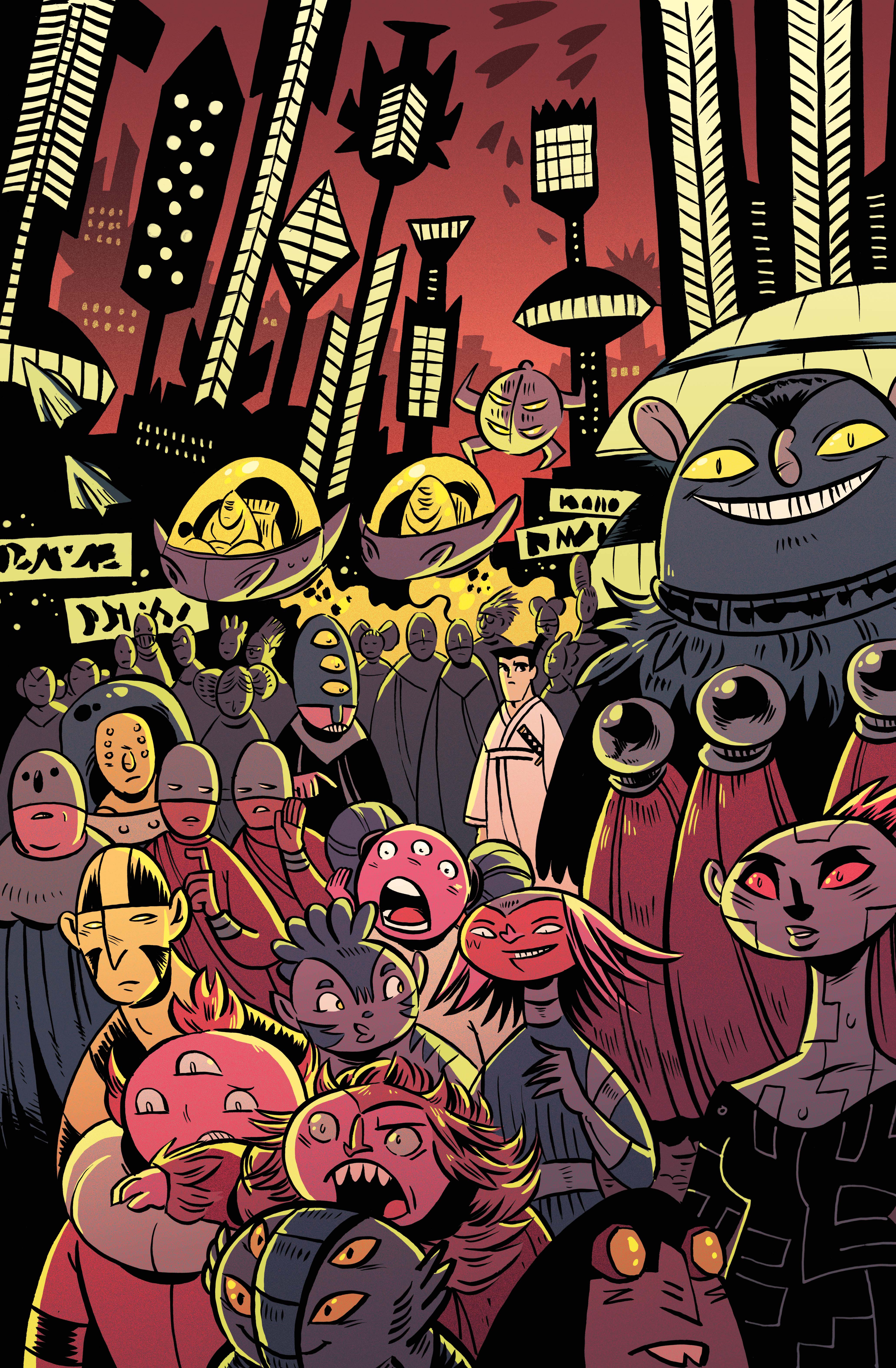
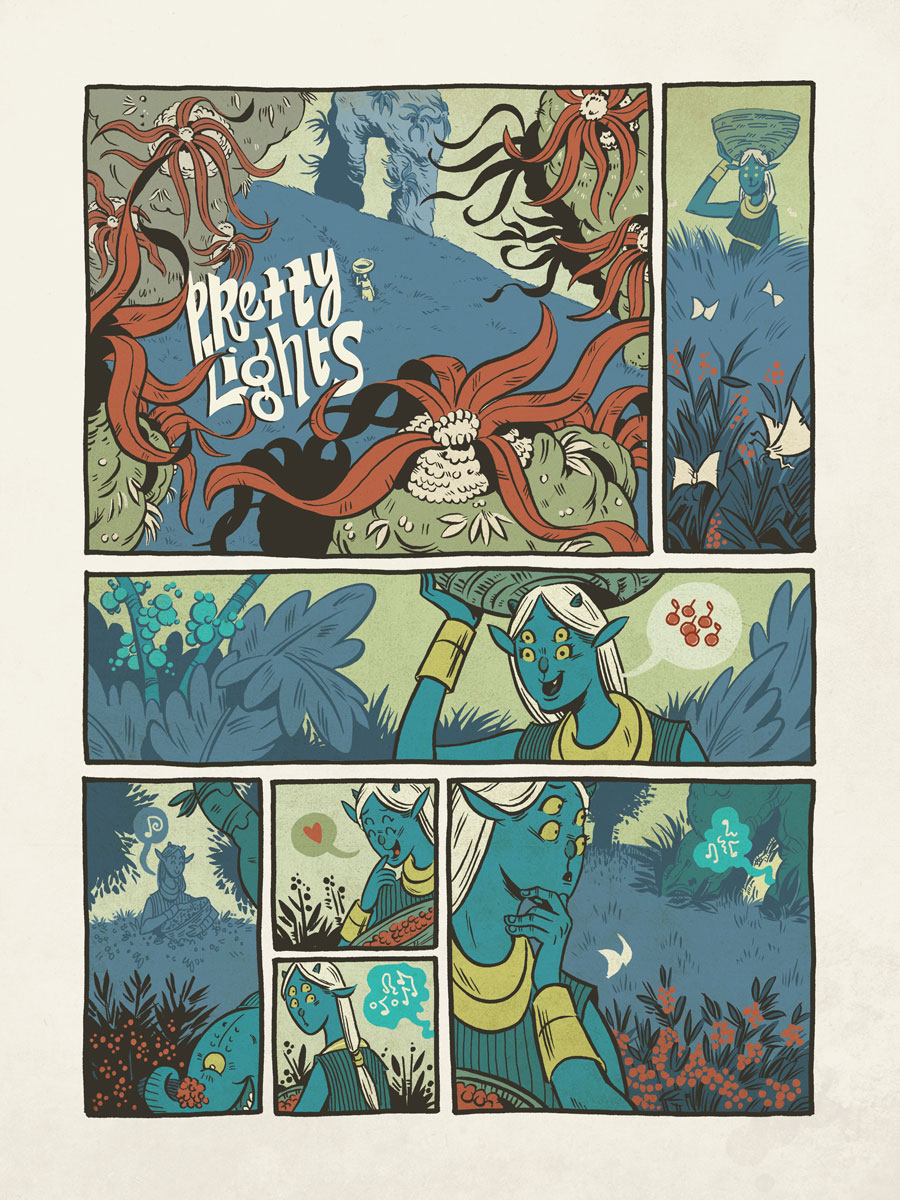
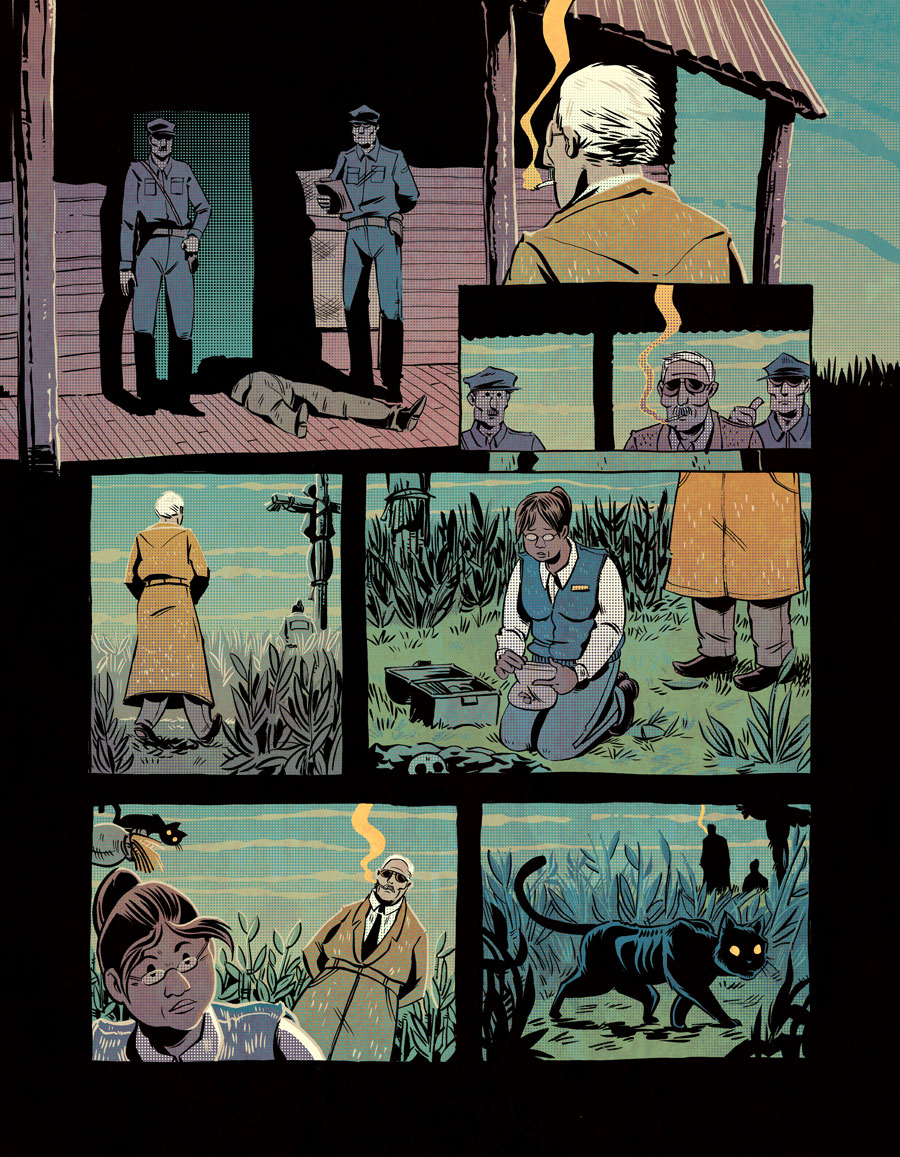

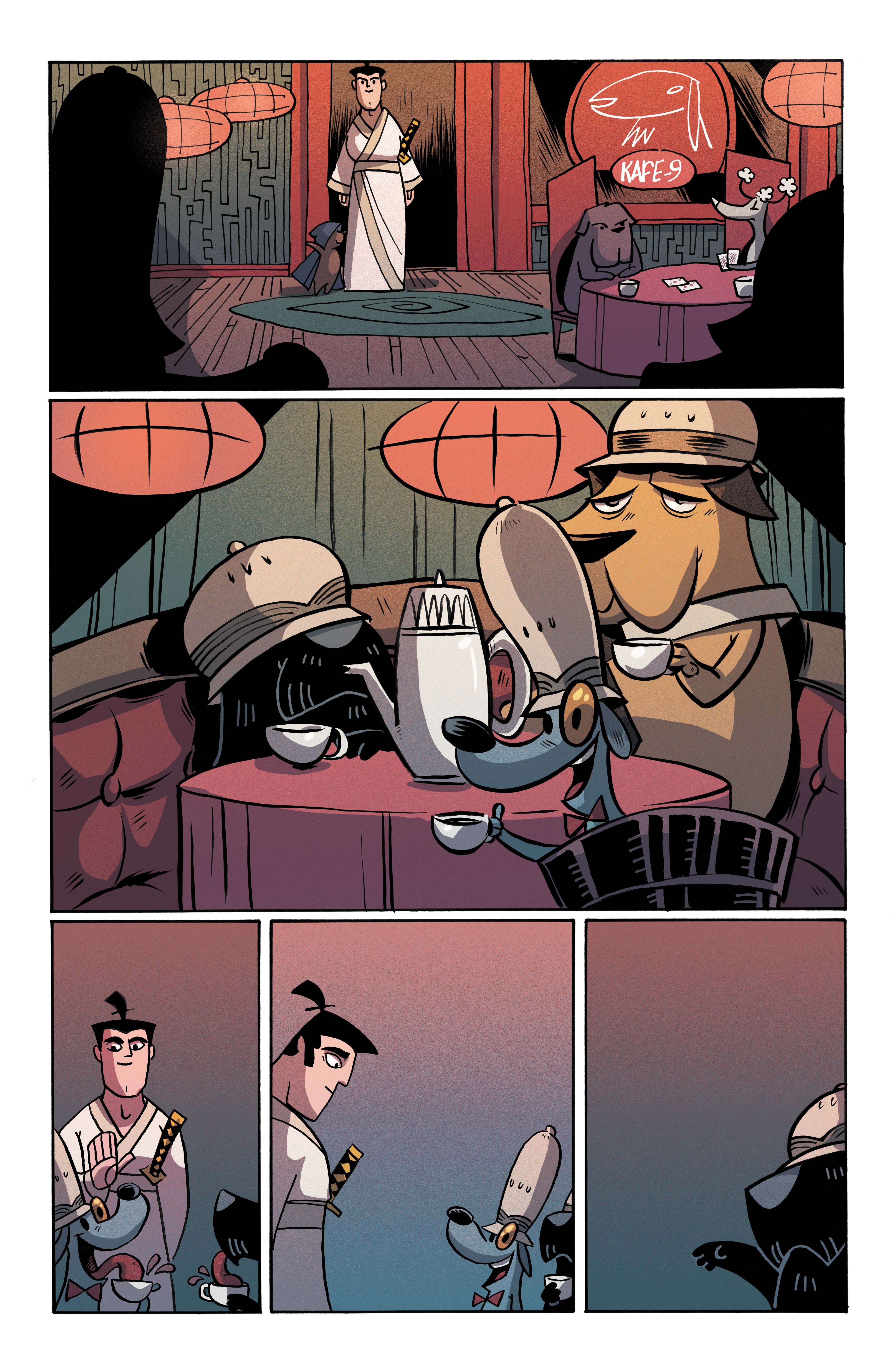
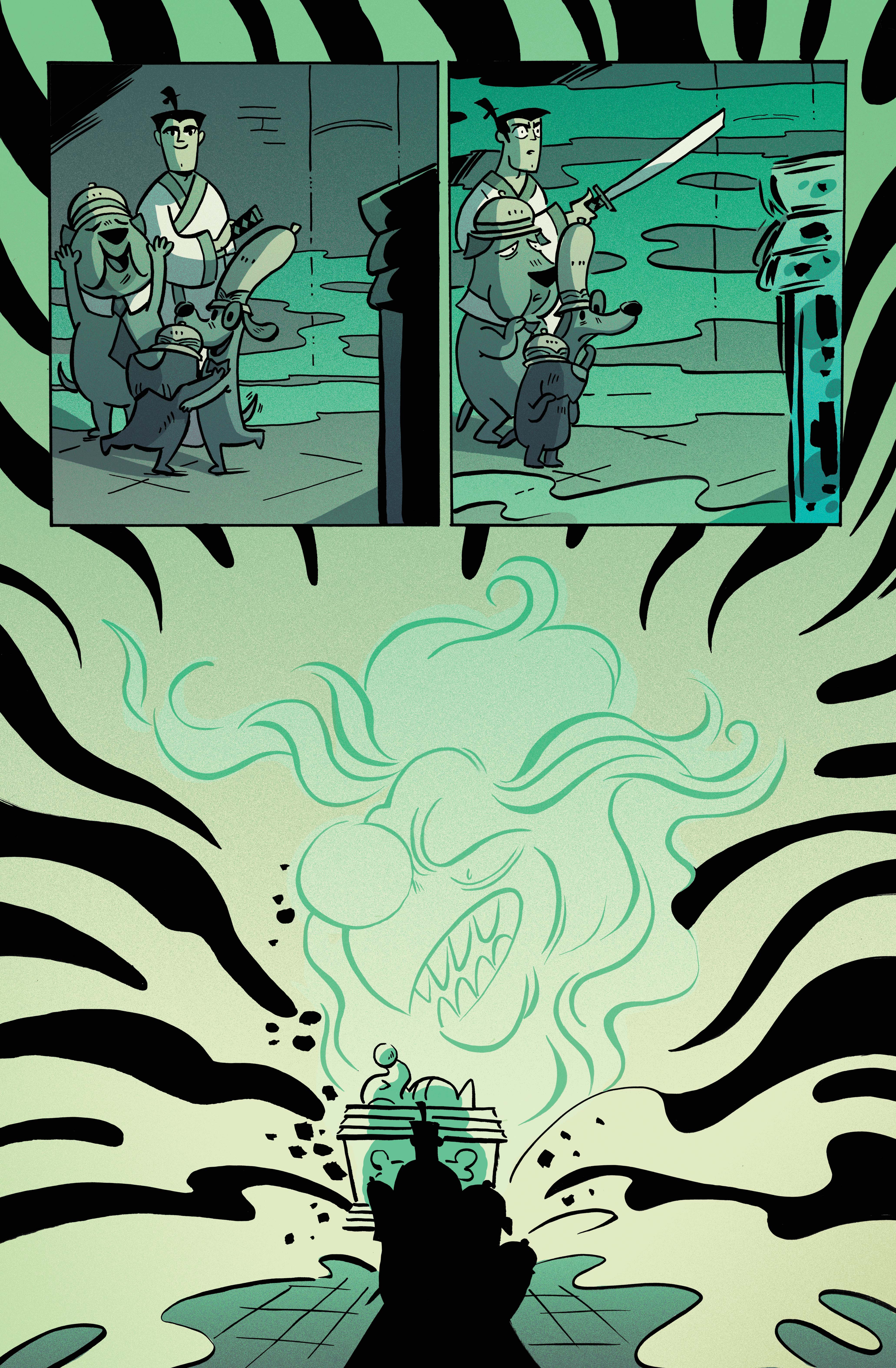
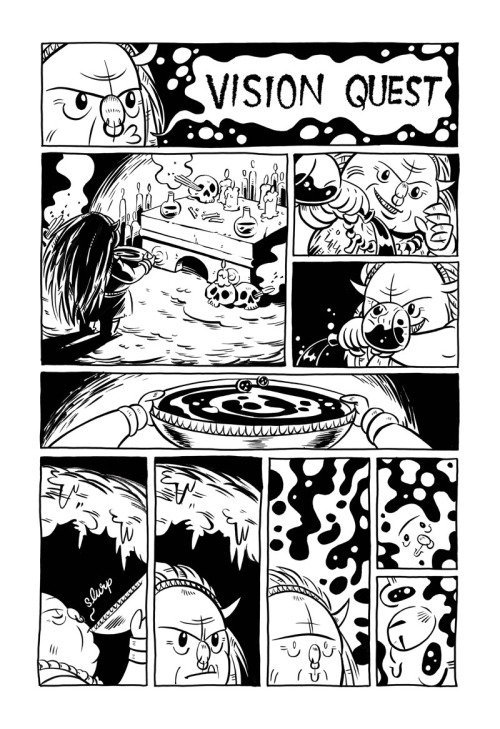



I love Microcosmics!
Comments are closed.